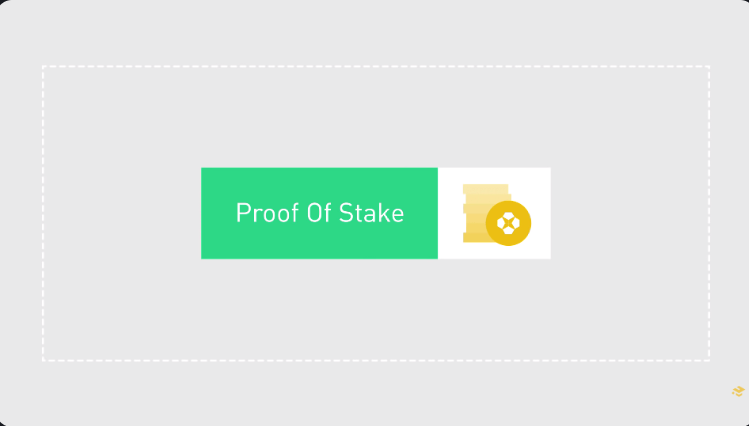
The Proof of Stake consensus algorithm was introduced in 2011 via the Bitcointalk forum to address the issues associated with Proof of Work. While both algorithms share the same goal of achieving blockchain consensus, the processes to reach that goal are vastly different. Instead of requiring participants to provide computationally intensive proofs, they only need to demonstrate that they have staked tokens.
How Does Proof of Stake Work?
The Proof of Stake algorithm uses a pseudo-random election process to select validators from a pool of nodes. This system takes into account multiple factors, including staking age (a randomization element) and node wealth.
In a Proof of Stake system, blocks are "forged" rather than mined. However, you may still occasionally hear the term "mining." Most Proof of Stake cryptocurrencies launch with a supply of "pre-forged" tokens to immediately bootstrap the network.
Participants in the forging process must lock a certain amount of tokens into the network as their stake. The size of the stake determines the chance of a node being selected as the next validator—the larger the stake, the higher the chance. To ensure the process doesn’t solely favor the wealthiest nodes in the network, additional unique methods are incorporated into the selection process.
Advantages of Proof of Stake
Proof of Stake offers significant advantages over Proof of Work. As a result, new blockchains almost always use Proof of Stake. Its benefits include:
Adaptability
Proof of Stake evolves with user needs and blockchain changes, as clearly demonstrated by numerous tuning applications. The mechanism is versatile and can easily adapt to most blockchain use cases.
Decentralization
More users are incentivized to run nodes due to the cost-effectiveness of this method. This incentive, combined with the randomization process, enhances network decentralization. While staking pools exist, individuals have a much higher chance of successfully forging blocks under Proof of Stake. Overall, this reduces reliance on staking pools.
Energy Efficiency
Proof of Stake is far more energy-efficient compared to Proof of Work. The cost of participation depends on the economic cost of staking tokens rather than the computational cost of solving puzzles. This mechanism drastically reduces the energy required to run the consensus process.
Scalability
Since Proof of Stake doesn’t rely on physical hardware to achieve consensus, it is more scalable. It eliminates the need for massive mining farms or large-scale energy procurement. Adding more validators to the network is cheaper, simpler, and more achievable.
Security
The stake acts as an economic incentive for validators to avoid processing fraudulent transactions. If the network detects fake transactions, the validator loses part of their stake and the right to participate in future activities. Thus, as long as the stake is higher than the reward, validators attempting fraud stand to lose more tokens than they could gain.
To effectively control the network and approve fake transactions, a node must hold a majority stake—also known as a 51% attack. Depending on the cryptocurrency’s value, gaining 51% of the circulating supply to control the network is nearly impossible.
Disadvantages of Proof of Stake
Despite its many advantages over Proof of Work, Proof of Stake still has some drawbacks:
Forks
Standard Proof of Stake mechanisms do not prevent mining both sides of a fork. With Proof of Work, mining both sides leads to energy waste. With Proof of Stake, the cost is significantly lower, meaning people can "bet" on both sides of a fork.
Accessibility
To begin staking, you need a supply of the blockchain’s native tokens, which requires purchasing them through exchanges or other means. Depending on the required amount, you may need a substantial investment to start staking effectively.
With Proof of Work, you can buy cheap mining equipment or even rent it, allowing you to join a mining pool and quickly start validating and earning rewards.
51% Attacks
While Proof of Work is also vulnerable to 51% attacks, achieving one with Proof of Stake is comparatively easier. If a token’s price crashes or the blockchain’s market cap is low, theoretically, acquiring over 50% of the tokens to control the network could be cheaper.
Conclusion
Since Bitcoin, the way we add transaction blocks to the network has undergone significant changes. We no longer need to rely on computational power to achieve cryptocurrency consensus. Proof of Stake systems offer numerous advantages, and history has proven their effectiveness. Over time, Bitcoin remains one of the few Proof of Work networks. For now, Proof of Stake appears here to stay.
















